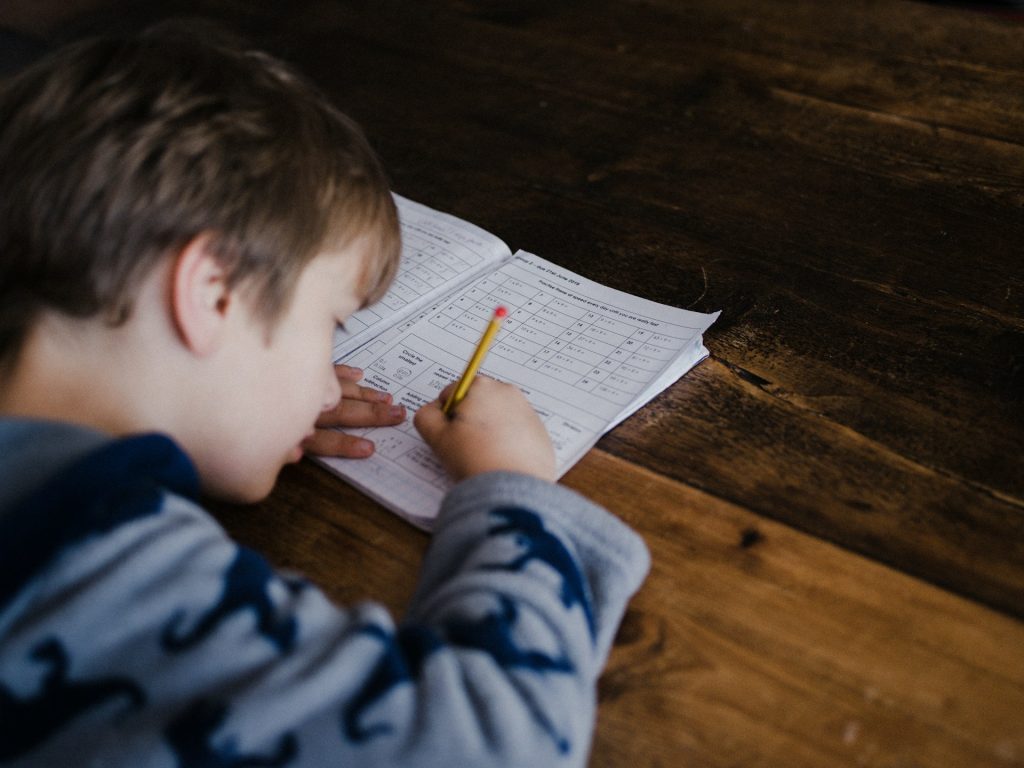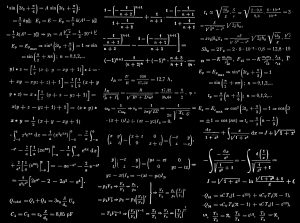How to learn Abacus? A basic guide by SIP Abacus

As parents, we strive to provide our children with the best education and a strong foundation in mathematics. However, some children struggle with mathematical concepts, leading to frustration and a lack of confidence. This is where learning abacus can make a significant difference. Abacus is an ancient calculating tool that has been used for centuries in Asia to develop mental math skills, concentration, and overall brain development in children. In this guide, we explore the basics of using Abacus and how SIP Abacus can help unlock your child’s mathematical potential.
What is an Abacus?
The first step in learning abacus is understanding what it is and how it works. An abacus consists of a frame, rods, and beads. The beads on the upper deck represent 5, while those on the lower deck represent 1. By moving the beads along the rods, complex calculations can be performed. Learning the structure of an abacus is essential before diving into calculations.
Getting Started with Abacus
To begin your child’s abacus learning journey, you need to obtain an abacus. You can purchase a physical abacus as it provides a hands-on experience that aids in better understanding and manipulation of the beads.
Once you have the abacus, the next step is to learn the basic structure and finger techniques. Familiarize yourself and your child with the different components of the abacus: the frame, rods, and beads. Mastering the finger techniques involves learning how to hold the abacus and move the beads using your thumb and index finger.
Learning Fundamentals
Mastering the fundamentals is crucial for a strong foundation in abacus calculation. Start by practicing number placement on the abacus. Begin by placing simple numbers 1 – 9 on the unit rod. The same bead positions on the adjacent rod on the left reflect the positions of 10 – 90. Practice moving beads from one place value to another, reinforcing finger dexterity and familiarity with the tool.
After mastering number placement, move on to addition and subtraction. Learn different techniques for adding and subtracting numbers using the abacus. Simple additions can be done by moving beads to like 1 + 1 or 1 + 2. Practice solving simple problems and gradually increase the difficulty level. A well structured curriculum taught by trained tutors like SIP Abacus will guide child through the same.
Once addition and subtraction are well understood, it is time to delve into multiplication and division. Start with multiplication and once your child becomes proficient in multiplication, the child can learn division. Practice with a variety of examples to build confidence and proficiency.
Transitioning to Mental Math
As your child becomes more comfortable with abacus calculations, it is time to transition to mental math. Encourage your child to visualize the abacus in their mind and perform calculations without the physical tool. This helps develop their mental math skills and reinforces their understanding of number patterns.
To aid memory retention, create mnemonic devices such as rhymes or stories that relate to abacus patterns and techniques. These memory aids make learning more engaging and effective, enhancing your child’s learning experience.
Consistent practice is key to mastering abacus mental math. Set aside dedicated time each day, around 15-30 minutes, for practice sessions. Regular practice helps reinforce concepts and improves speed and accuracy.
Resources and Support
To further support your child’s learning journey, consider enrolling them in abacus classes. These classes, whether in-person or online, provide expert guidance from experienced instructors and offer opportunities for interaction with other students. Abacus books and apps are also valuable resources. A good Abacus programme will provide all the necessary tools for a child to learn including books and other supporting aids.
Additionally, joining abacus communities can provide a sense of belonging and motivation. Connect with other abacus learners through online forums, social media groups, or local clubs. Share tips, ask questions, and participate in competitions to stay motivated and inspired.
Learning abacus offers immense benefits for children struggling with mathematics. It enhances mental math skills, concentration, brain development, and overall academic performance. By following this comprehensive guide on how to learn abacus step by step, you can unlock your child’s mathematical potential. Remember, learning abacus takes time and consistent practice, so be patient and celebrate small milestones along the way.
SIP Abacus’ Offerings and Value Propositions:
SIP Abacus India offers world-class skill development programs that aim to unlock the mental potential of children through fun learning methodologies. Their programs focus on developing skills in mathematics and overall development.
Teaching Methodology:
SIP Abacus uses the Abacus tool and visualization techniques to teach children mental math skills from ages 6-12.
The curriculum is divided into Junior, Foundation, Advanced, and Grand Master modules with structured levels and a proven track record.
Classes are small with 1-2 sessions per week, each lasting 1-2 hours depending on the level.
The program incorporates fun learning, interactive software, lesson plans, and materials designed to engage children.
Benefits of SIP Abacus Programs:
-
Develops strong mental math abilities for quick complex calculations in the head.
-
Improves focus, concentration, and attention span in children.
-
Enhances overall intelligence, learning ability, and academic performance.
-
Boosts confidence, self-esteem, and personality development.
-
Provides a competitive edge over peers in exams and future competitive tests.
-
Helps children develop skills like visual memory, retention, speed writing, and numerical ability.
The program’s unique approach to developing both sides of the brain has proven effective in nurturing children’s academic and overall growth.
Remember, with dedication, patience, and the right guidance from SIP Abacus or other resources mentioned in this guide, your child can master this ancient calculating tool and unleash their full mathematical potential.



